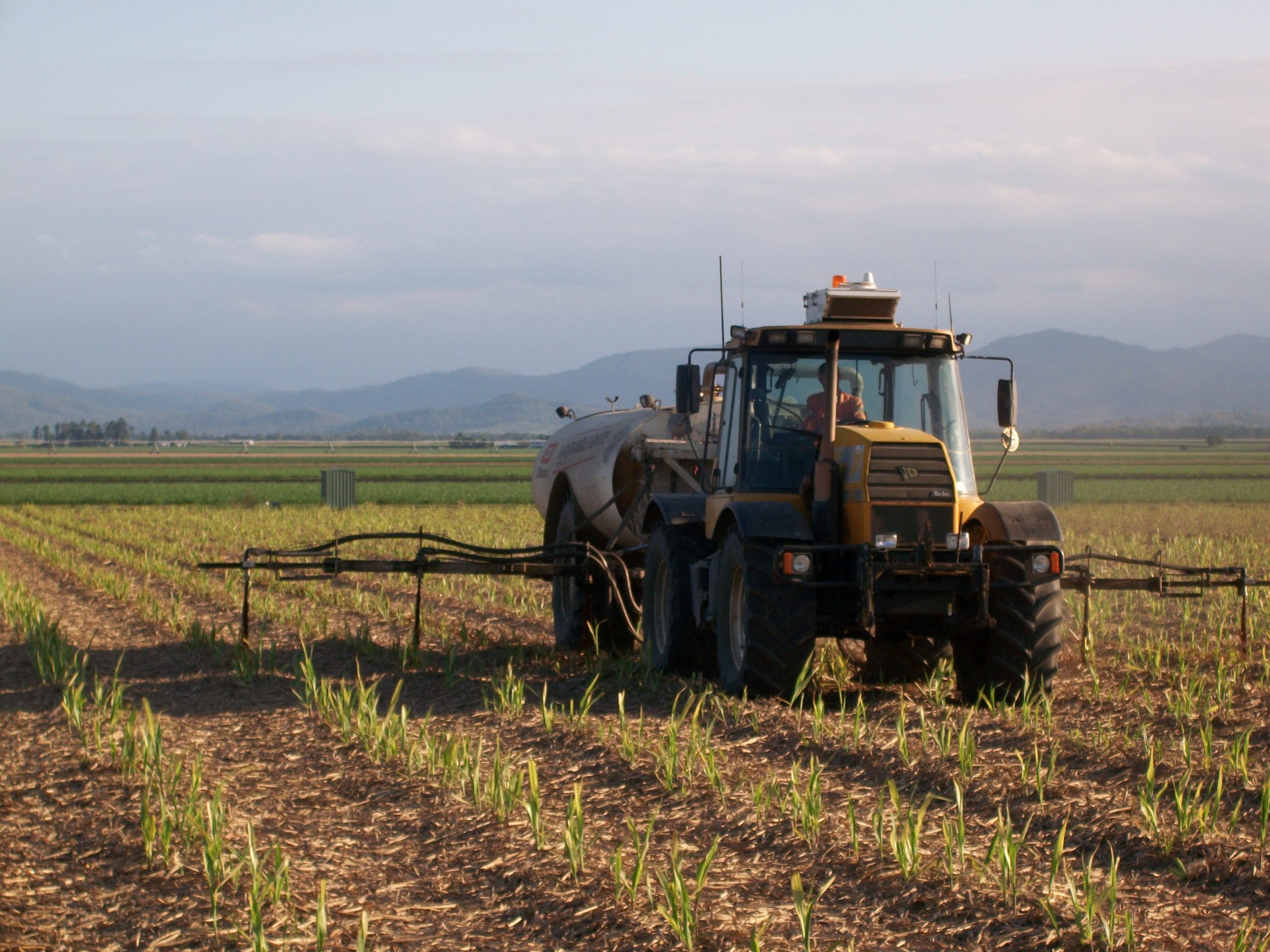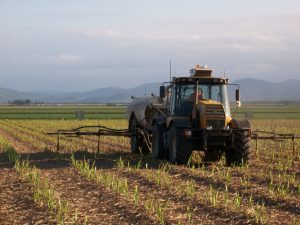Simulated nitrous oxide emissions from various sugarcane management systems
Nitrous oxide (N2O) is a potent greenhouse gas with a global warming potential approximately 300 times higher than carbon dioxide. The major source of human-induced N2O production is from agricultural soils, mainly due to the application of nitrogen fertilisers. Sugarcane is an important crop in tropical Queensland and requires high rates of nitrogen fertilisers to…


Nitrous oxide (N2O) is a potent greenhouse gas with a global warming potential approximately 300 times higher than carbon dioxide. The major source of human-induced N2O production is from agricultural soils, mainly due to the application of nitrogen fertilisers. Sugarcane is an important crop in tropical Queensland and requires high rates of nitrogen fertilisers to maintain yield. This nitrogen use, combined with the warm, wet environment has the potential to produce high emissions of N2O.
In 2012, a number of sugarcane on-farm trials were established within the Mackay Whitsunday region as part of the federal government’s Action on the Ground program. The aim of these trials was to increase sequestration of soil carbon and reduce nitrous oxide emissions through improved use of nitrogen fertilisers. Nitrous oxide emissions have been monitored at one of these sites (results reported in other milestone reports). In this report, we simulated long-term N2O emissions over a range of these trails, covering a range of management systems and nitrogen application rates.
Simulations were undertaken using the cropping systems model, APSIM (Agricultural Production Systems sIMulator). It should be noted that nitrous oxide predictions have been tested under a limited range of soil/climate and production systems and although this testing produced sensible results, there should still be a higher degree of user caution attached to the predictions. Long-term simulated average annual N2O emissions ranged from 0.02 kg/ha (mill mud only; 30 kg N/ha applied) to 20.9 kg/ha when mill mud was applied in addition to the current industry recommended Six Easy Steps rate (total N application 235 kg N/ha). These emissions were equivalent to 0.1-8.9% of applied N. N2O emissions were simulated to be slightly higher in the heavier textured soils (e.g. Vertosol) than the lighter textured soils (e.g. Dermosol) when treatment management practices were similar. Increasing applications of N fertiliser was simulated to increase N2O emissions. Simulated N2O emissions agreed well with the one site (three treatments) with monitoring data.
From the work undertaken in this study, matching nitrogen application rates to realistic crop yield potential provides the most effective option for minimising N2O losses. Studies are required under a range of field conditions to identify the losses from soil ameliorants, such as mill mud and compost materials.
Client – RCL for Australian Government